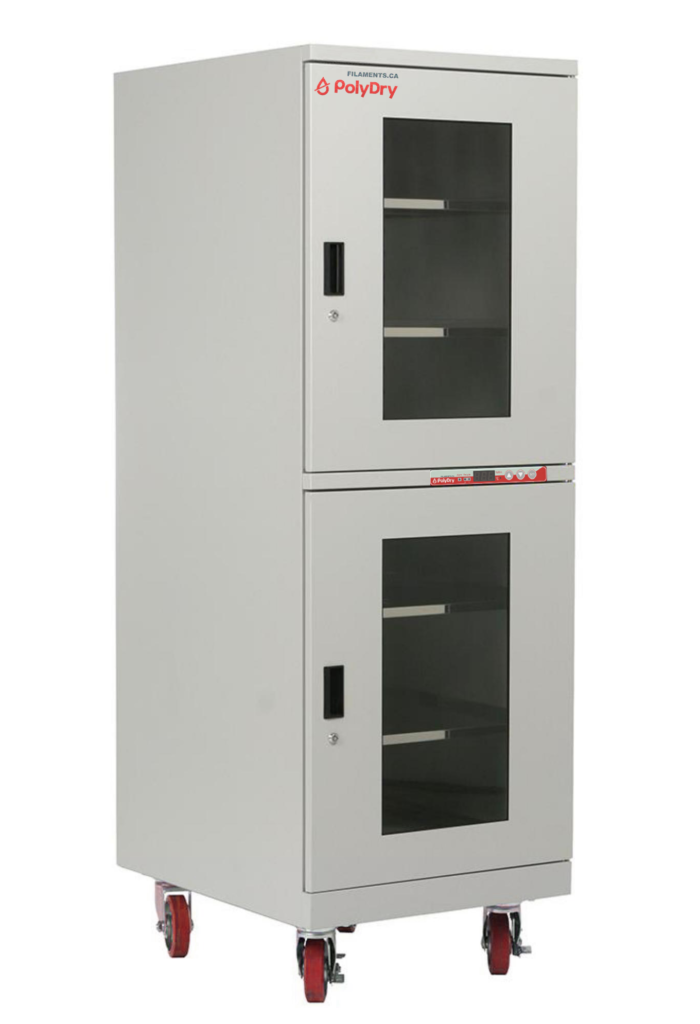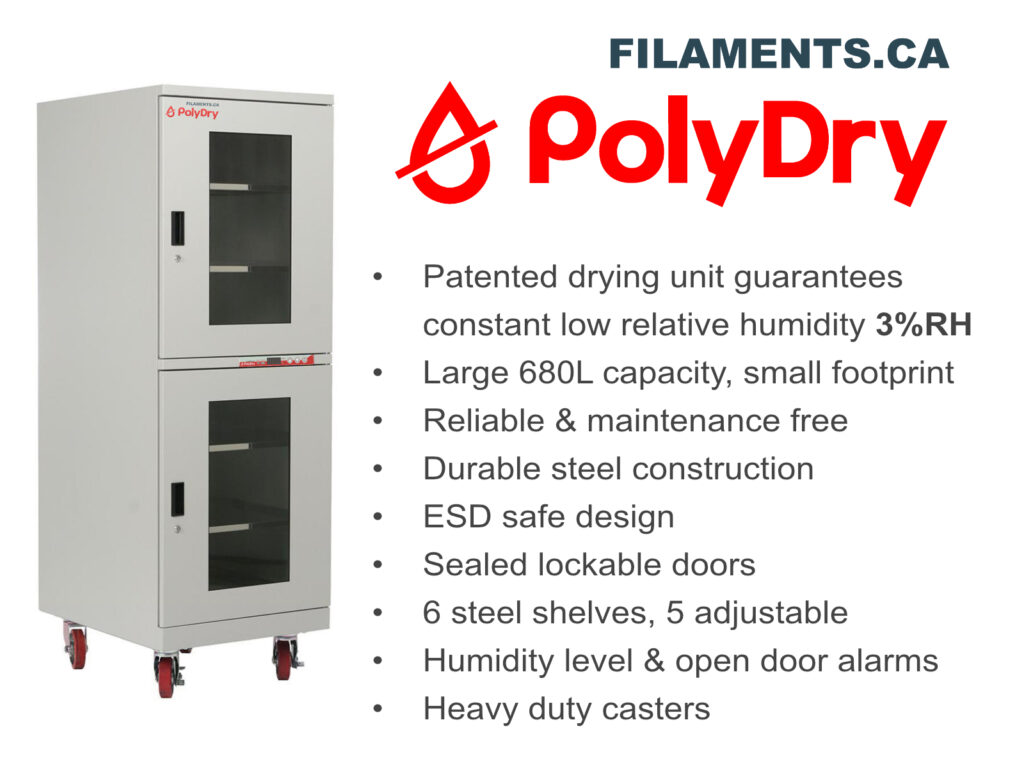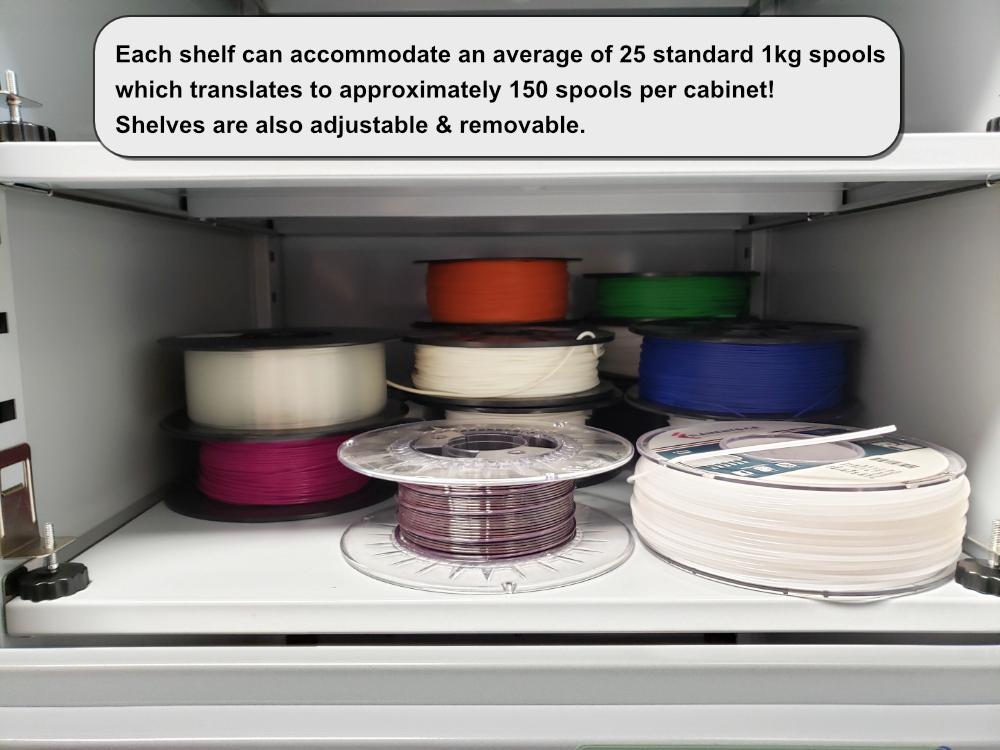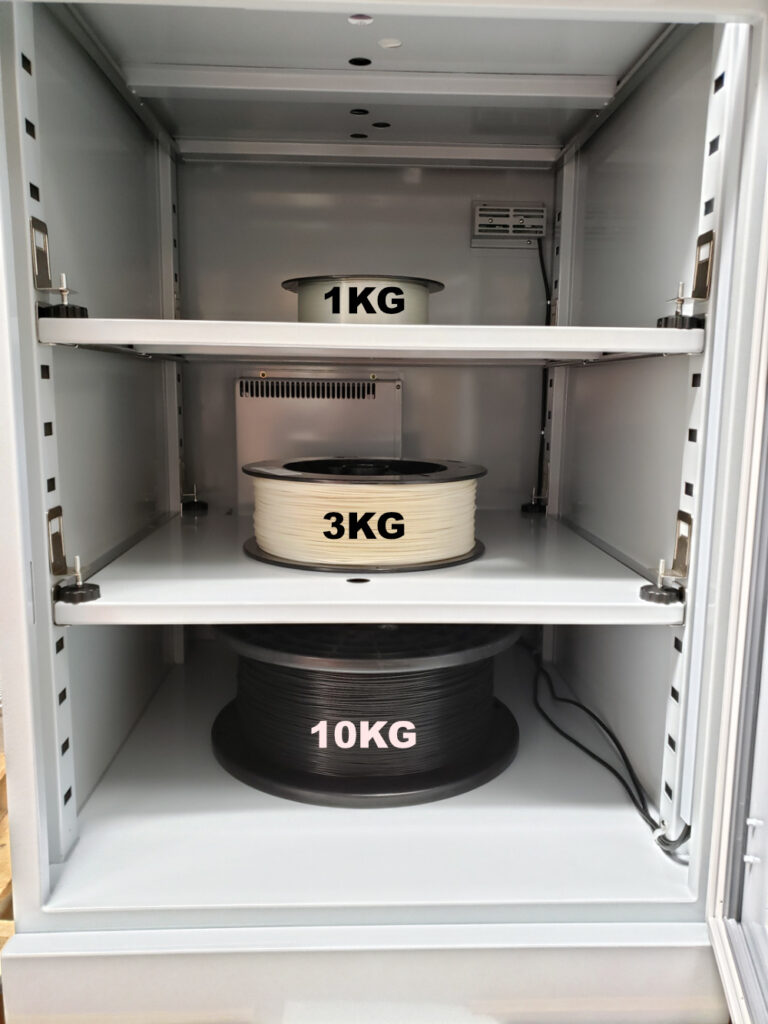A major potential AM application for many industries is using the technology to fabricate spare parts on-demand in an effort to get rid of warehouses that are stocked full of spare parts just waiting to be used. Obviously, this could help save both time and money, but just how feasible is this solution?
Companies now have an important choice to make – continue stocking spare parts, or only 3D printing them when they’re needed. Sounds simple, right? Maybe not. According to Jeannette Song, an operations professor at Duke University’s Fuqua School of Business, parts suppliers realize they need to keep spares handy, but since they’re not psychic, and don’t know what will break and when it will do so, they also know that they need a range of parts, in large quantities no less, available in inventory at any given moment.
“It takes up space and capital, and there is the risk of spoilage and damage,” Song said, explaining how inefficient and costly this decision can be.
Having a digital inventory of 3D printable spare parts means that manufactorers can forget about keeping a wide variety of parts on hand just in case they’re needed. However, this approach comes with its own set of issues.
“But that means you don’t have what you need on hand exactly when you need it, because 3D printing takes time. So there’s a trade-off,” she explained.
 Song determined that a hybrid approach of the two – printing some parts when necessary, but continuing to keep others stocked – is the most useful way to proceed, but it’s tough to know which parts should be kept in inventory and which ones should be 3D printed. To help manufacturing firms determine the pros and cons of 3D printing on-demand spare parts versus storing spare parts, she came up with a useful mathematical model.
Song determined that a hybrid approach of the two – printing some parts when necessary, but continuing to keep others stocked – is the most useful way to proceed, but it’s tough to know which parts should be kept in inventory and which ones should be 3D printed. To help manufacturing firms determine the pros and cons of 3D printing on-demand spare parts versus storing spare parts, she came up with a useful mathematical model.
The model is based on an equipment manufacturer that’s moving into a new international market – the utility industry, which relies heavily on spare parts. When parts wear out, or power fails, these companies need to get replacements out to the field quickly in order to restore or maintain service, and not just a few at a time, either. For example, a transformer is typically made of up to 36 different molded parts.
“For utilities, when you don’t have spare parts on hand, it’s a huge disruption. They have to have reliable and responsive supply of spare parts,” Song explained. “Traditionally a firm in this position would have a huge warehouse in every market. But now 3D printing is a viable alternative, so you have two options.”
The manufacturing firm she based her model on will be providing spare parts to utility companies that don’t have the necessary infrastructure to house them. Together with Yue Zhang, currently an assistant professor at Pennsylvania State University who helped with the research during her time working toward her PhD at Duke, Song published a paper describing the mathematical model, titled “Stock or Print? Impact of 3D Printing on Spare Parts Industry,” in the Management Science journal.
“We present a general framework to study the design of spare parts logistics in the presence of three-dimensional (3-D) printing technology. We consider multiple parts facing stochastic demands and adopt procure/manufacture-to-stock versus print-on-demand to highlight the main difference of production modes featured in traditional manufacturing and 3-D printing. To minimize long-run average system cost, our model determines which parts to stock and which to print. We find that the optimal 3-D printer’s utilization increases as the additional unit cost of printing declines and the printing speed improves. The rate of increase, however, decays, demonstrating the well-known diminishing returns effect. We also find the optimal utilization to increase in part variety and decrease in part criticality, suggesting the value of 3-D technology in tolerating large part variety and the value of inventory for critical parts,” the abstract states.
“We also derive various structural properties of the problem and devise an efficient algorithm to obtain near optimal solutions. Finally, our numerical study shows that the 3-D printer is, in general, lightly used under realistic parameter settings but results in significant cost savings, suggesting complementarity between stock and print in cost minimization.”
Completely getting rid of spare parts inventory is often too chancy, but 3D printing some of the parts on-demand can help keep costs down, which is a hybrid approach is often the best. Companies can use Song’s mathematical model, which can effectively calculate which specific spare parts they will most likely need more often, how many of these should be kept in inventory, and which parts aren’t as vital, so they can be 3D printed on-demand when needed.
“If you are operating on a large scale, you still need to keep inventory on hand. But a little flexibility goes a long way,” Song said.
“The big decision is how you rationalize all these parts, which ones to stock and which ones to print. In most cases we find a 3D printer would not be used very much at all, but the firm saves a massive amount of inventory.”
Discuss this story and other 3D printing topics at 3DPrintBoard.com or share your thoughts in the Facebook comments below.
(Images: Duke University, unless otherwise noted)
The post Mathematical Model Determines Which Spare Parts Should or Should Not be 3D Printed appeared first on 3DPrint.com | The Voice of 3D Printing / Additive Manufacturing.








